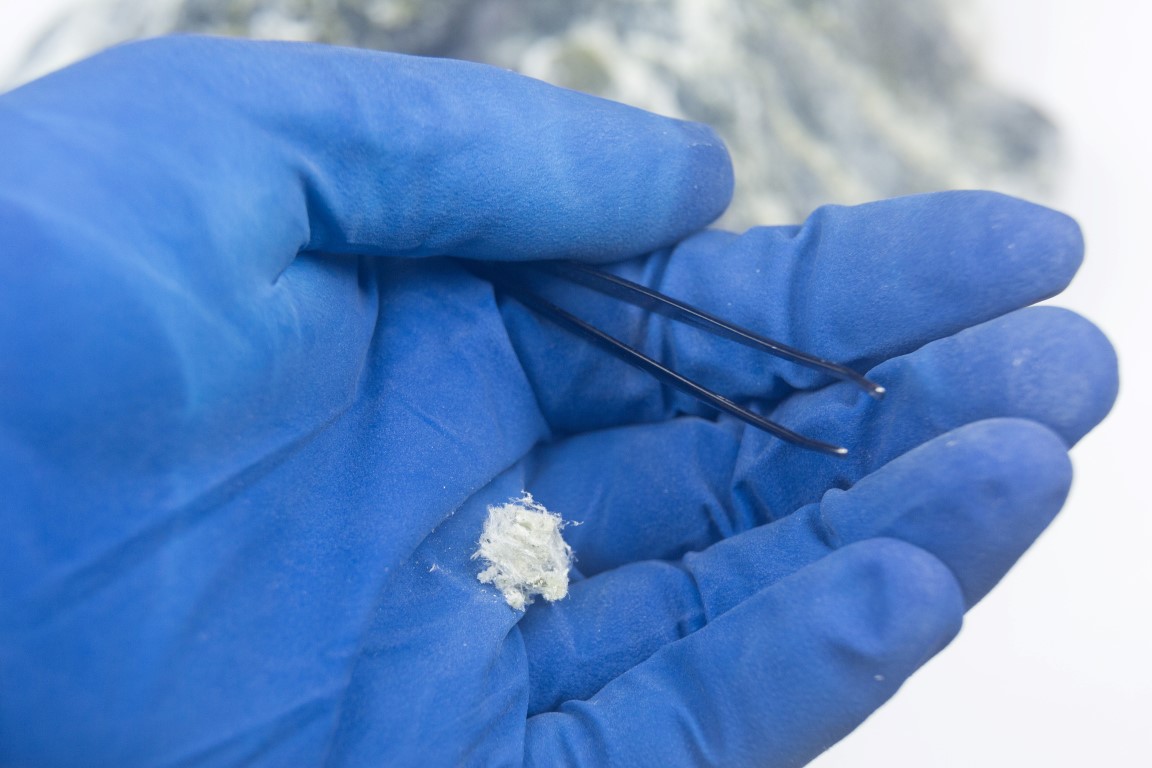The Complete Process of Accredited Asbestos Evaluating to Ensure Building Compliance
In the realm of building management and compliance, the process of recognized asbestos testing stands as a vital part to make certain the safety and security and health of residents. From the preliminary analysis to the last interpretation of results, each phase plays a vital function in establishing the presence of asbestos within a residential or commercial property.
Accredited Asbestos Testing: Preliminary Analysis
In conducting the preliminary evaluation for approved asbestos screening, a careful assessment of the building's products is vital to precisely identify potential asbestos-containing materials. This essential step entails aesthetically inspecting all locations of the home, including ceilings, walls, flooring, insulation, and other structure materials that may nurture asbestos. Special attention is offered to products that are prone to harm or disturbance, as these situations can release unsafe asbestos fibers into the air. Furthermore, tasting of believed products might be necessary to verify the visibility of asbestos through research laboratory analysis.
Approved asbestos assessors adhere to stringent methods set by regulatory bodies to make sure the accuracy and integrity of the testing procedure. By meticulously recording searchings for and utilizing advanced testing approaches, assessors can give homeowner with a detailed record detailing the visibility of asbestos, if any, and the advised actions for reduction or removal. This preliminary assessment establishes the foundation for subsequent actions to deal with asbestos problems and make sure the safety and compliance of the home.
Sample Collection Treatments for Asbestos Evaluating
Efficient example collection procedures are necessary in guaranteeing accurate asbestos screening outcomes and compliance with regulatory standards. When gathering samples for asbestos screening, it is crucial to follow stringent procedures to reduce the risk of contamination and guarantee the integrity of the outcomes.
Firstly, it is very important to determine the thought asbestos-containing products (ACMs) and focus on tasting locations based upon factors such as the material's problem, ease of access, and potential for disruption. Asbestos Testing. Samples must be accumulated from different areas within the building to offer a thorough analysis of asbestos existence
Throughout sample collection, certified specialists need to wear appropriate personal protective equipment (PPE) to guard against asbestos exposure. They should use tidy devices, such as non reusable gloves and plastic sheet, to stop cross-contamination in between examples. Samples need to be carefully accumulated using a specified strategy, such as wet wiping or coring, and firmly secured in impermeable containers to preserve their stability during transportation to the laboratory for analysis.
Research Laboratory Analysis Process for Asbestos Examples
Upon conclusion of the sample collection procedure, the asbestos samples are thoroughly transferred to recognized laboratories for precise evaluation. The first step in the lab evaluation procedure is sample prep work, where the accumulated Visit Your URL samples are carefully refined to draw out the asbestos fibers.

As soon as the analysis is complete, a comprehensive record is created, describing the findings and confirming whether asbestos exists, the kind of asbestos fibers identified, and the concentration levels. This details is essential for residential property owners to take the required actions to make certain conformity with asbestos laws and guard the health of occupants.

Coverage and Analysis of Asbestos Test Results
Recognized asbestos screening research laboratories provide comprehensive reports that supply critical understandings into the presence, kind, and focus levels of asbestos fibers discovered in examples gathered from properties. These records are crucial for homeowner and supervisors to recognize the threat postured by asbestos and here make educated choices regarding its administration or removal. The records generally include information on the techniques made use of for screening, the places from which samples were taken, the sort of asbestos identified (such as chrysotile, amosite, or crocidolite), and the concentration levels of asbestos fibers identified.
Translating these outcomes calls for competence to evaluate the potential wellness risks related to asbestos direct exposure, establish the suitable strategy, and make certain regulatory conformity (Asbestos Testing). Depending on the searchings for, referrals may vary from proceeded monitoring and upkeep to encapsulation or complete asbestos abatement. Homeowner should very carefully evaluate these reports and talk to asbestos specialists to develop a comprehensive prepare for dealing with any asbestos concerns identified
Making Sure Home Conformity With Asbestos Rules
To keep adherence with asbestos regulations, building owners have to vigilantly execute steps to ensure conformity with applicable regulations and guidelines. This includes conducting regular asbestos examinations by approved specialists to recognize any existence of asbestos-containing products within the property. As soon as asbestos is identified, residential property owners must comply with asbestos monitoring plans that summary correct control, removal, or encapsulation procedures to protect against exposure and spread of asbestos fibers. Compliance likewise involves maintaining in-depth records of asbestos testing, upkeep, and elimination activities for inspection purposes.
Property proprietors need to provide asbestos awareness training to staff members and occupants to lessen the risk of asbestos exposure and make certain appropriate handling of products that might have asbestos. In addition, it is vital to remain educated concerning any updates or modifications in asbestos policies to readjust management methods as necessary. By proactively dealing with asbestos compliance requirements, residential or commercial property owners can create a risk-free environment for passengers and reduce potential lawful and health threats related to asbestos exposure.
Conclusion
Finally, approved asbestos testing is an important process for guaranteeing home compliance with regulations. The first evaluation, example collection procedures, lab evaluation, and analysis of results are very important action in this process. By complying with these procedures, homeowner can identify and resolve any kind of asbestos dangers existing, securing the health and wellness of residents and maintaining compliance with regulatory demands.